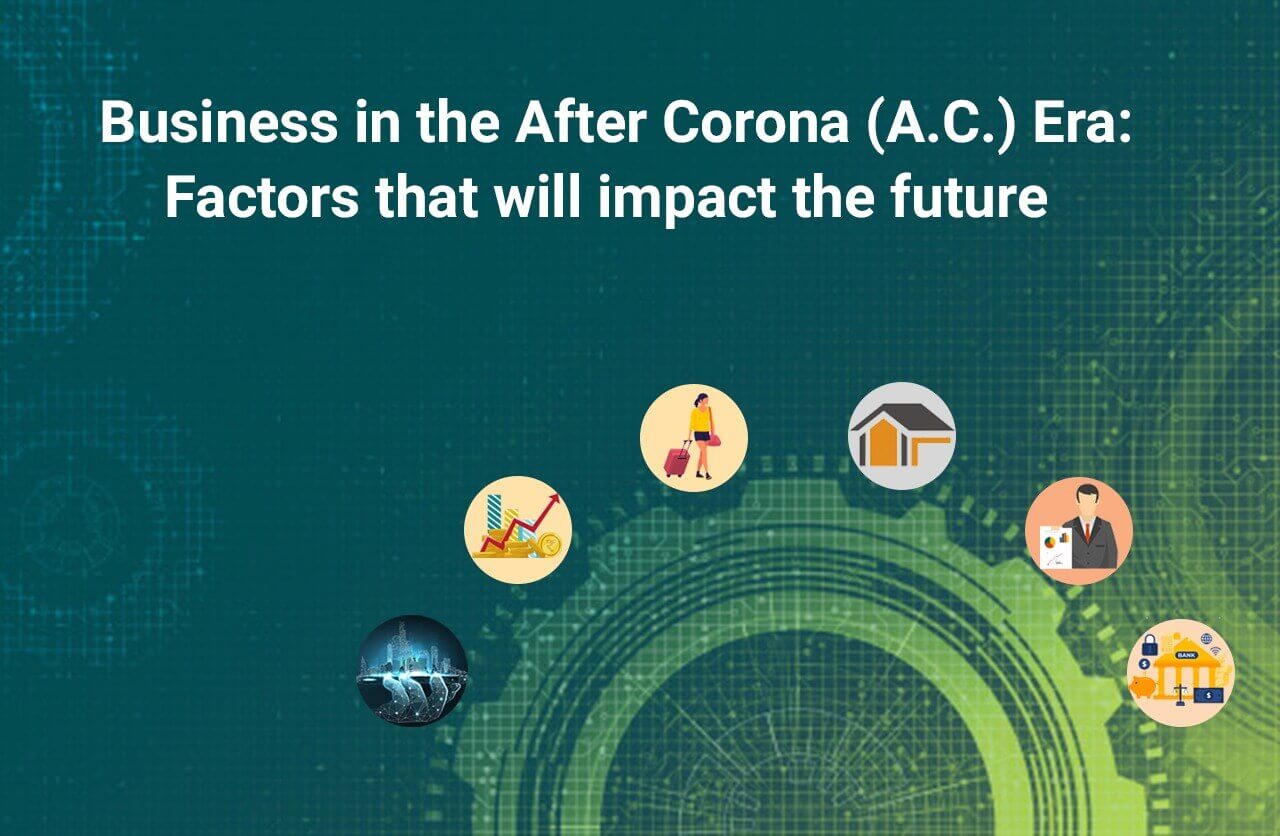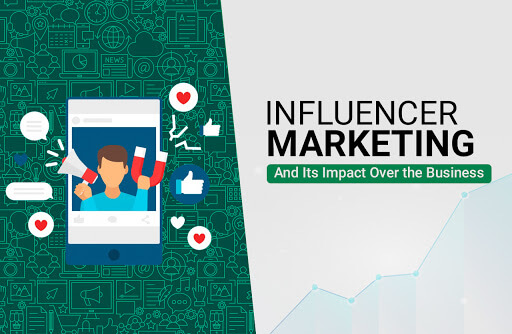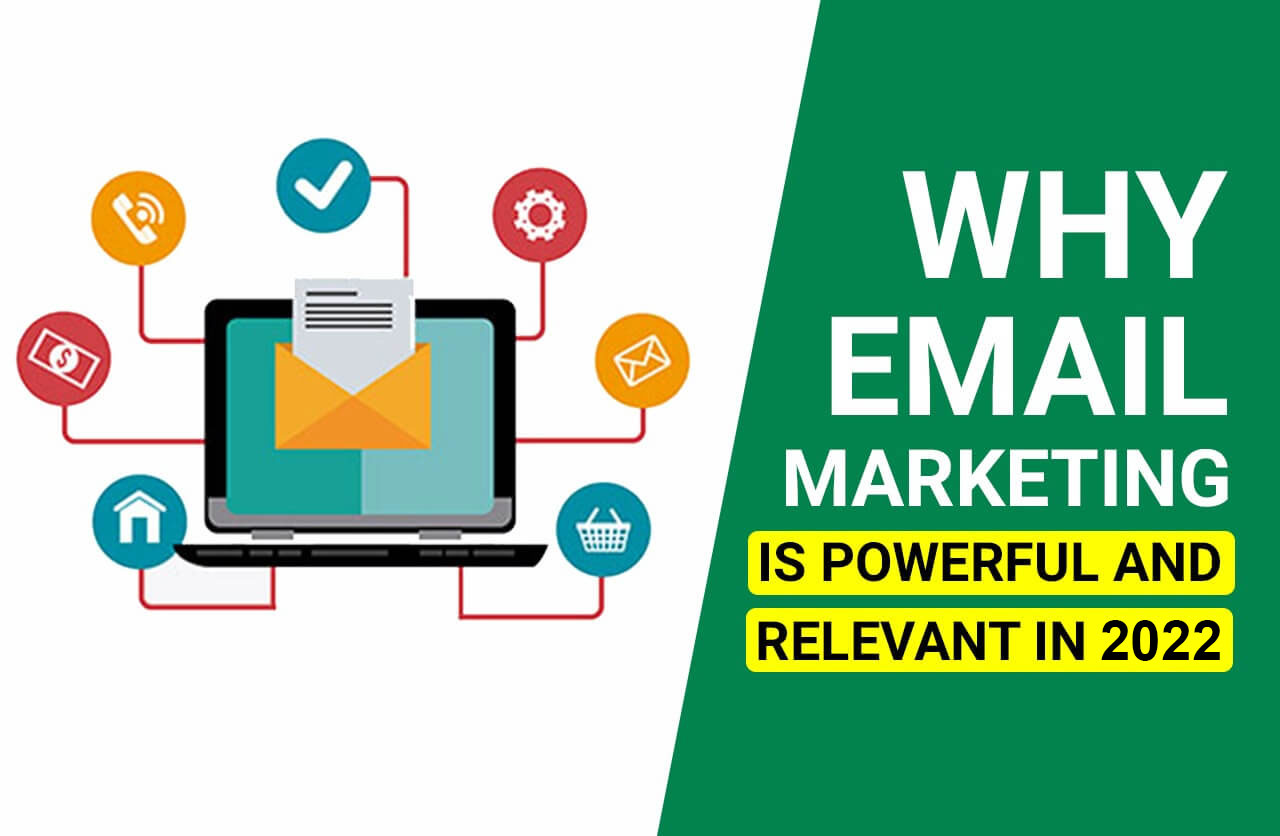Much has already been written and is being written on the impact the COVID-19 crisis will have on business and consumer behavior. There’s no doubt that this crisis is nothing like what we’ve experienced before, at least in our lifetimes. Very rarely, do we witness a demand and supply side shock together – but this COVID crisis has done just that. We are yet to fully comprehend the economic fall out of the crisis. Some observers believe that the impact could be to the extent of the impact of the 1918 Spanish flu pandemic and the 2008 financial crisis put together. The road to normalcy will be long and hard. Not all industries & companies will bounce back uniformly. A large part of the return to normalcy for businesses, will depend on their ability to spot the inflection point in terms of evolving consumer behavior & the technology ecosystem. Already in the past few weeks, we have seen traditional industries such as education, leapfrog into the digital age.
We look at how the post-COVID world, what we’re calling the A.C. era (After Corona), will look like and we focus on three drivers that will define the A.C. era, Digital adoption, Health & Wellness and Resilience & Innovation.
Digital Adoption: ‘On Fast Track’
While business going digital is not exactly a new trend, there are many industries which have been in the low end of adoptions. The COVID-19 induced curfew and lock-down has compelled companies to accelerate the transition to digital. While the physical way of doing business has taken a big hit, companies doing digital business thrived during the crisis. The time is right for businesses to embrace digital transformation and reinvent themselves and there are opportunities galore to be seized through the digital. We looked at a few industries to understand this acceleration – Food Retail, Real Estate, IT, Advertising etc.
The eating out industry in India has a $40+ Billion turnover and was projected to grow at more than 10% CAGR for the next 5-10 years. Even before the COVID19 crisis, the industry was already at an inflection point – with online orders and delivery gaining a higher share of the business. Now, the heightened awareness around hygiene, touch-less interactions and social distancing will accelerate the adoption of digital platforms. High-touch aspects of the operations such as production, ordering, payments and even last mile delivery, will see a spurt in innovation. Experiments such as automated production, voice enabled ordering, payments and automated deliveries which hitherto were at the fringe, will become more mainstream. End to end supply chain and delivery model innovation will be key to future success. This will change dramatically and will have a significant impact on areas such as real estate preferences as the larger brands adopt models such as the cloud kitchens.
Another area which is accelerating beyond doubt is remote working. In pre-COVID era, percentage of engineers working from home (WFH) or remotely was very low in India (less than 4%), moderate in EU countries (between 2 and 15% depending on countries) and little higher in USA (around 33%). Past month, two thirds of India’s 4.36 Million IT workforce are working remotely. In some organizations, the proportion of remote work is as high as 85 to 90%. Usage of online collaboration tools like Zoom, Slack, Microsoft Teams with video calling and online sharing is increasing multi-fold; stretching the communication infrastructure bandwidth significantly.
If you think that Remote Work will just be a phenomenon for the coming 1 or 2 months, you will surely be up for a surprise. Industry analysts like Forrester are already predicting that IT and ITES revenue will fall anywhere between 5 to 15% in 2020, depending on the sub-segments and scenarios. IT services are going for a tectonic change. During and after the crisis, IT services companies need to re calibrate the cost structure aligning to this new reality. Remote Work will easily provide overall benefits in the range of 3 to 5% annually; resulting from reduced cost of real estate, lesser energy consumption and increased productivity due to less travel times.
We expect the trend to be adopted to non-IT professional service as well in the coming decade, making Remote Working an irreversible trend. Technology and the infrastructure needed are already there, and the push will be provided by COVID. In tomorrow’s world ‘Remote Working’ will become new normal. The shift may not be sharp to start with – but we will start our journey in the new era. By 2028, we will have close to 75% working remotely in the IT and IT services industry – a significant increase from today’s less than 10% on average.
This WFH shift will also lead to new trends in the Real Estate industry. After weeks of forced self-isolation, demand for new housing will come with a new set of design expectations — many private spaces for WFH, LFH (Learn from Home) for children, virtual tours/games, and so on. Millennial’s who did not believe in owning assets would like to own their space “Home” because of the shift to WFH. Also the marketing approach will shift to omni-channel, pivoting more on digital channels. The customers reluctance to site visit will force the company to create a comprehensive VIRTUAL TOUR of the project /apartment and drone shot of the locality/access.
Not only in the Real Estate industry, we expect ‘Digital Advertising’ to gain tremendous momentum in every sphere during and post COVID-19 crisis. Unavailability of any fresh content on TV has led to significant monetization drop. Same is the case with Print too. On the other hand, a huge surge in the use of social media platforms and the OTT is seen since March first week.
Experts also suggest that companies should continue to explore this opportunity and increase digital ad spend to spread awareness and build brands. Investing in YouTube, Instagram and OTT platforms like Hotstar, Zee5, Sony Live would reap long term benefits. As consumers are spending more time on these platforms, it is a golden chance to acquire their mind-share as well. Aspirational storytelling is one of the ‘safe’ trends businesses across verticals are banking on. ‘Safe’, because consumers are facing an unprecedented situation and they do not vouch for anything imprudent. Brands are leveraging the COVID issue to build themselves by highlighting their efforts and spreading awareness on fighting the crisis. The campaigns should revolve around buzz words like care, health, motivation, empathy, humility, service and strength. No wonder that the big brands have wisely developed brand messages around appreciation for health care workers, volunteers, the importance of social distancing, togetherness and humanity. In short, rather than being exploitative and opportunistic, brands need to show genuine care and sensitivity to health & wellness.
Health & Wellness: The ‘New Mantra’
For as long as we can remember, health & wellness have always figured in the top-5 consumer trends to watch out for every year, especially in the discretionary spending sectors. With social distancing and hand washing at such heightened levels of awareness in the consumer psyche, we believe that health & wellness is going to be one of the behaviors that will stick in the A.C. era. The definition of health & wellness will evolve, if it hasn’t already. With COVID-19 mortality being scientifically linked to preexisting co-morbidities such as hyper-tension, diabetes, prevailing heart conditions etc.; consumers are going to adopt lifestyles that support their vision of being healthy.
From a realty standpoint, the demand for the complex with amenities centered around health and fitness will go up. On the other hand, we will see major drop in footfalls where we see large gatherings like stadium, banquet, concerts, lounges, malls and multiplexes. The malls who would take hygiene and safety (thermo-scanners and hi-end cameras) to the next level will see consistent footfall and business. Checkout free shopping high-end interactive screens for trials of dresses, sensor based elevators, doors taps dispensers etc. would be basic for the patrons to return to the malls.
We will also see health & wellness start to appear prominently in product planning, business models & technologies. We’ve already mentioned the ‘low-touch’ economy. Consumer touch points such as payments, last mile deliveries, even production in the case of food, will see a high level of automation as consumers become aware of how many hands have touched the final product. At the same time, there will be an upward pressure from consumers for transparency in sourcing & supply chains. Technologies such as Blockchain, which were still early on the adoption curve, will see acceleration.
Apart from the more obvious industries in which health & wellness figure prominently, we looked at how this trend will carry over into an erstwhile unrelated industry; like shared mobility. Carpooling & pooled riders are sure to be one of the first casualties of the COVID-19 crisis. Some airlines have already announced that they’re “doing away” with the middle seat, and we see this trend carry over to shared mobility as well in areas such as cabs.
Both from a regulatory standpoint & as an initiative to win back customers, we expect to see hygiene certifications becoming mandatory in the shared mobility space. The self-drive car rental market in India will see an uptick as more customers prefer this to chauffeur driven car rentals. In the longer term, we see the shift towards Electric Vehicles (EV) accelerating as the effects of pollution coupled with the persistent threat of infection, will change consumers preference towards EVs. We also expect government regulations to be more supportive of EV manufacturers.
Resilience and Innovation: ‘The Ray of Hope’
The history of humankind has seen many crises and there is one thing common with every crisis. Humankind has ridden high on hope and resilience in rebuilding the economy and society. The road to recovery will be long and hard. Many economic pundits are already predicting the shape of recovery – U, V or W shaped. Every country, government and global financial institution is taking drastic financial measures and infusing money into the economy to keep the country, business, company and society afloat. For example, G20 nations agreed to freeze bilateral government loan repayment for low income countries till the end of 2020, freeing up close to $20 B to be invested back in the economy now. Taking advantage of the same and other financial instruments, governments will have to ensure that financial aid reaches the poorest and jobless directly to avoid ‘poverty traps for individuals’.
Similarly, a well thought through financial aid policy should be crafted to support struggling medium and small enterprises during crisis to avoid ‘trap of bankruptcy’ and rapid consolidation leading to a monopolistic market. We already see that digital native players (GAFAM and beyond) are gaining tremendous ground during this unprecedented crisis with more profits and cash at their disposal, like never before. We expect that as we exit the immediate crisis and put our first steps into the A.C. era, there will be a high intensity in corporate venturing with these cash rich companies acquiring small but technologically advanced niche players.
This will definitely impact the traditional players as well as small and medium business. So how do they stay relevant in the market going forward? Just relying on financial aid or cost cutting will not be enough. In fact, this will lead to continuous negative spirals only. To come out of this crisis with more resiliency and vigor, one area that companies of all sizes and across industries & sectors will need to start paying serious attention is Innovation. Even as companies struggle to remain viable today in the midst of the COVID-19 crisis and the evolving regulatory environment, it’s critical they set up the Innovation capability to be able to see the forest for the trees. As we have illustrated in this article, the COVID-19 crisis will have long lasting effects, including altered consumer behavior & preferences. There is no going back to normal. Understanding the changes, the technology adoption, evolution of technologies & business models in the midst of the crisis and being able to “Imagine” possible future A.C. era scenarios, is critical. Failure of innovation is not what sinks companies. The failure to innovate is what sinks companies.
Opportunities galore: ‘We shall Overcome’
We began this article by mentioning every crisis is an opportunity. Throughout this article, we focused on the opportunities presented in the crisis, and how industries and people can utilize the opportunities to come back even stronger past the crisis. We are confident that this crisis is a great opportunity to disrupt models that do not work and reinvent new models.
However, the time taken for recovery and how rocky the road would be are still open questions. If the public health systems achieve success in containing the virus within the next 2 to 3 months, economic restart will be a matter of a few quarters. If the situation prolongs beyond a few months, all industries will undergo a significant structural change.
It is rightly said that disruptions and innovations are driven by customer needs which are then powered by the technology. And digital marketing, online platforms and many forms of digital technologies are helping individuals, professionals, small- and large-scale industries across verticals to gear up for making profits through the power of digital.
With a clear vision and right action, businesses can thrive rather than just survive through digital in the current COVID-19 situation.
Authors: Indranil Das | Pawanjit Singh | Pramod Dwivedi | Pritesh Patel | Rajani Kasu | Robin Jose | Vaijyantimala Belsare
For more information about our online digital marketing courses, call us today on +91-9324367127 or e-mail at contact@basecampdigital.co




